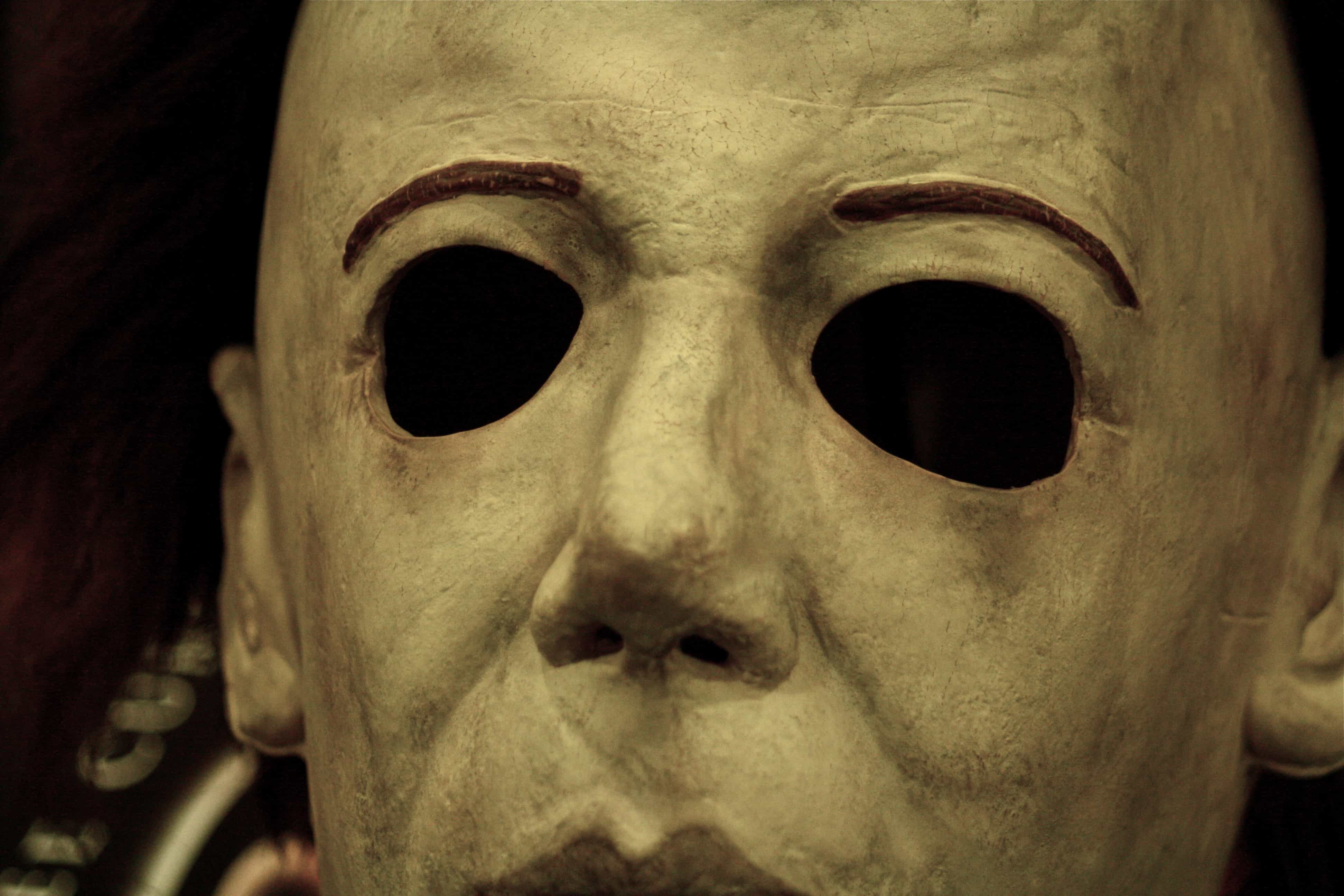Note: This review includes spoilers.
***
With the newest installment of Halloween, the creators went back to the basics, cutting away the whole canon and picking up 40 years after the events of the original film. Clearly made by and for devoted fans of the franchise, Halloween (2018) works so well because it expertly explores one of the most important themes in humanity: the reality and mystery of evil.
Halloween (1978) introduces us to the genre-defining villain Michael Myers. Dressed in the now-iconic dark jump suit and expressionless white mask, the knife-wielding Myers seemingly has no reason for his attacks. His violence remains mostly a mystery which is arguably one of the scariest aspects for the audience. He has become a symbol of the embodiment of evil. He is even credited as “The Shape,” further capturing his mysterious, non-human nature.
After the first Halloween, however, the subsequent eight movies related to Michael Myers seek to explain his motivations. They stray, in other words, from the guiding genius of the original film. In seeking an explanation for Michael’s madness, they lose the mystery that makes this story resonate with audiences as a classic horror movie.
But Halloween shows us that it’s worth staying with the fear. After all, horror at its best is not just cheap thrills. Horror can be a meditation on what we fear: not only what we fear out in the world, but what we fear about ourselves. If horror instead rationalizes fear, then it misses the opacity and weight of evil and sin. It also passes up on the opportunity to learn something about ourselves: why we can be so mysteriously evil to each other.
True fans will appreciate the ressourcement and respect paid to the original movie, not least with the return of Jamie Lee Curtis. While Curtis reprises her role as Laurie Strode, however, the audience meets a very different Laurie. In 1978, Laurie is a devoted, though mostly helpless, babysitter. She is a passive victim of of an unexplainable, horrendous attack, with less exploration of her interior development. But In 2018 she is a survivor, a woman whose trauma and paranoia force her to take control over her life even as she is written off by everyone else, including her daughter. Her PTSD from the events of 1978 lead her into an isolated life. With no one interested in helping Laurie, she must help herself. After forty years, everyone else has moved on from the horror of 1978. But as the events of the film play, it is only Laurie, her daughter, and her granddaughter who are able to come together to face Myers. Seeing the three generations of empowered Strode women coming together to confront their male assailant is particularly powerful.
This character development makes Laurie a prophet. Laurie speaks with a clarity about the nature of Michael and what they have to do to stop him. Yet, she is written off by others, blamed, and even judged. In this way she takes on the role from the original film of Dr. Loomis, the only character who understands what “The Shape,” Michael Myers, truly is.They did not seek that role, and their message was rejected. Yet, their efforts to confront evil create protagonists worthy of our admiration. By contrast, Dr. Sartain, Michael’s new doctor in Halloween, is obsessed with understanding Michael better to control him and will risk everyone else’s life to do so, even as he loses his own.
Halloween is a well-made movie on its own terms. But one of its greatest achievements links it to the original: its recovery of the theme of the mystery of evil. Not since the original Halloween have audiences been confronted with this reality of evil that human history knows so well. The movie thus says something about the genre of horror.
Horror can be a meditation on the limits of our knowledge, the role of trauma, and victimhood, the agency that people seek to regain in the face of overwhelming evil. So many of our experiences of evil leave us asking the question Why? And yet, as Halloween shows us, we can only get so far with those questions. There is no doubt this new installment of Halloween has earned its place as a modern classic in the horror genre.
***
Image courtesy FlickrCC user Brian Wilkins.


